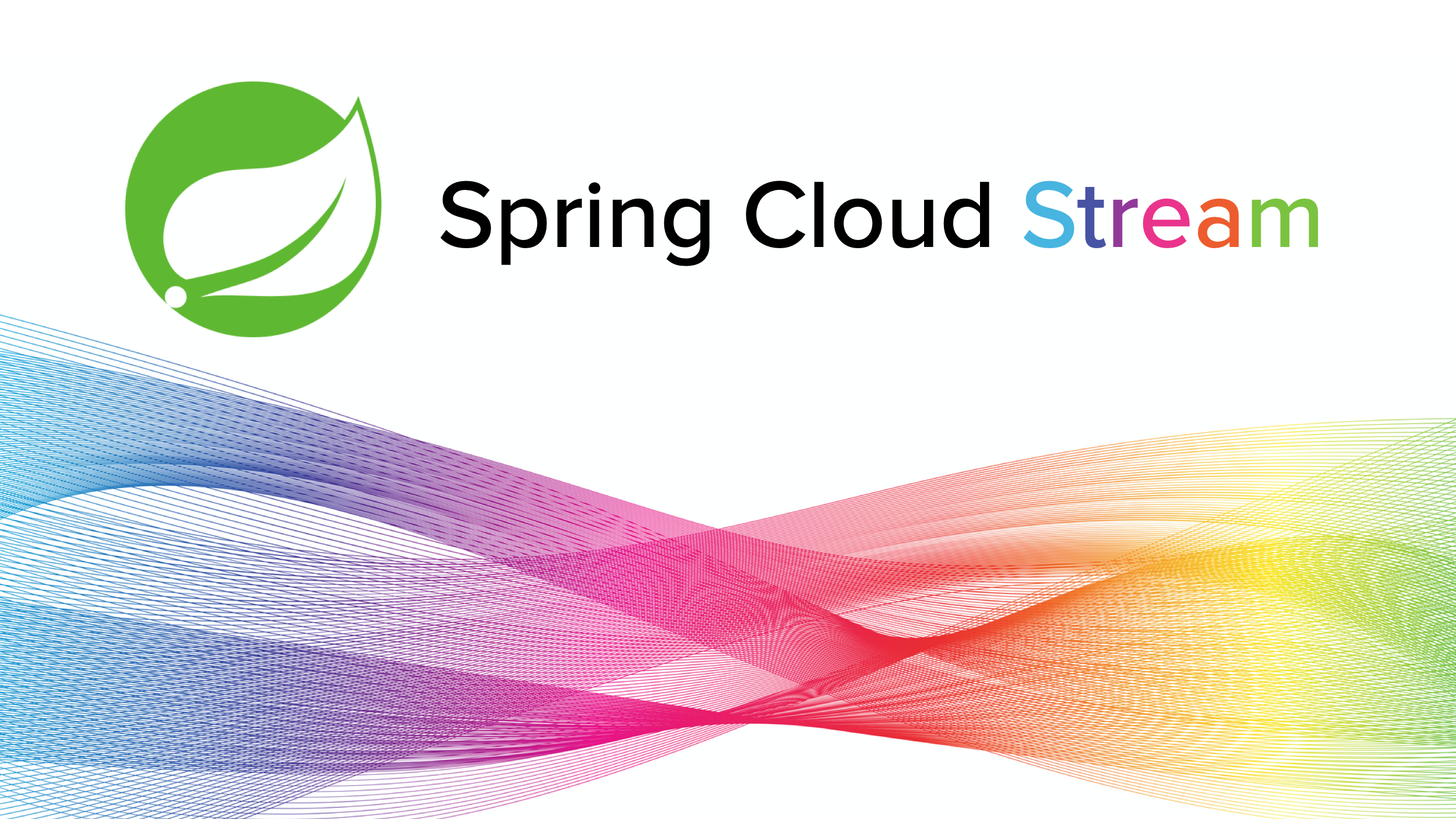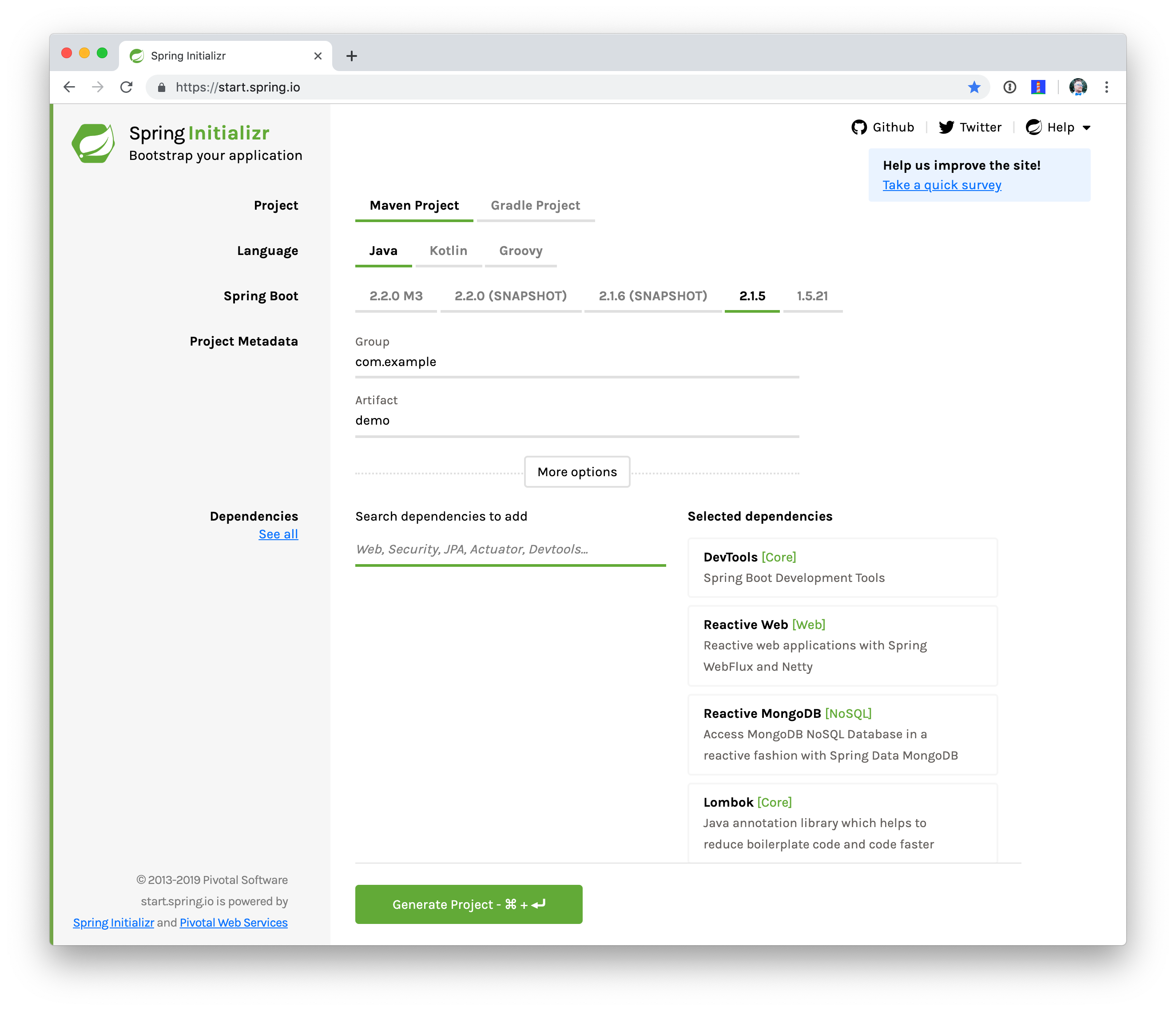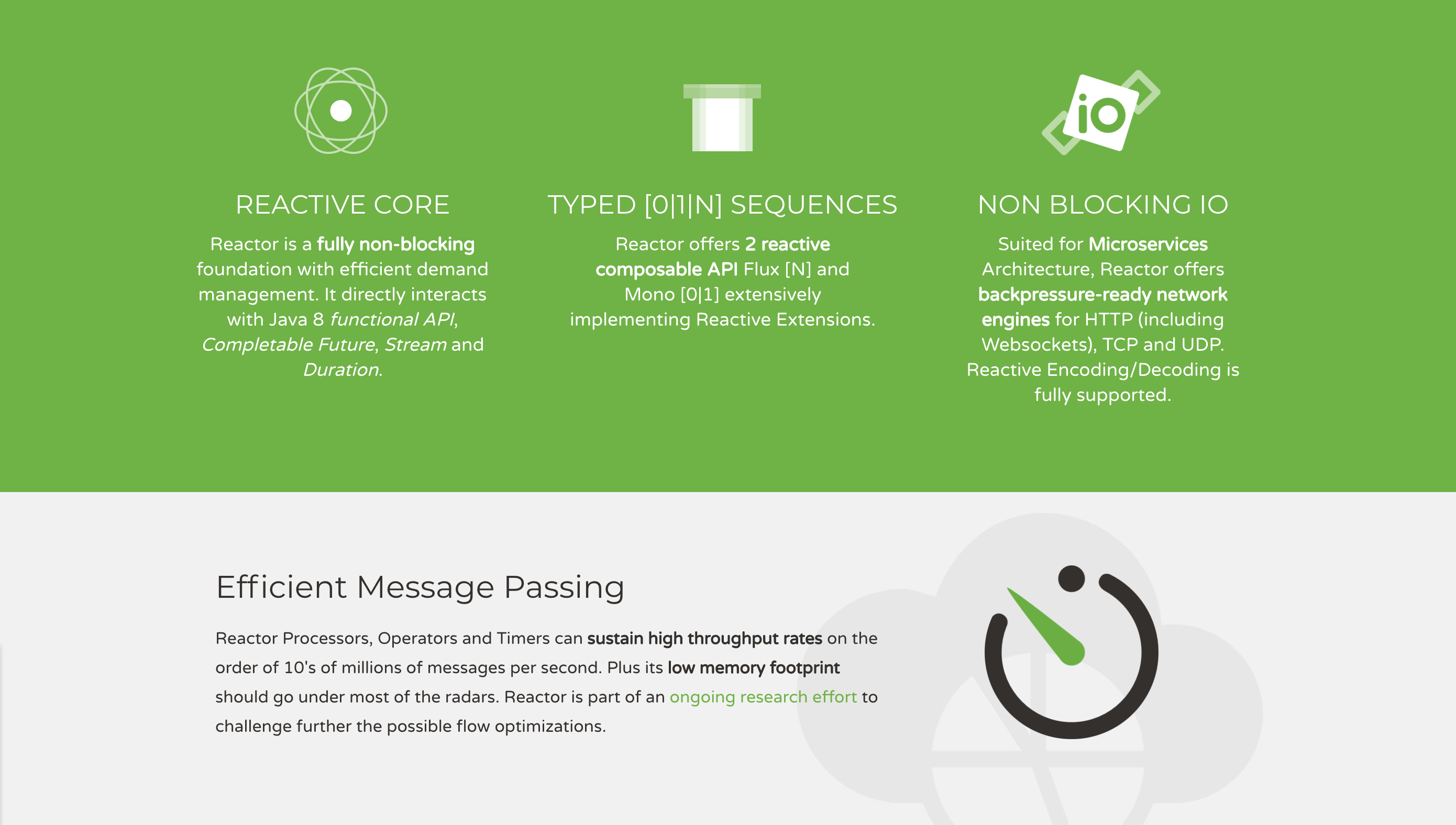Articles tagged spring-webflux
A Quick Guide to Spring Cloud Stream

In this tutorial, you’ll learn how to create a Spring Cloud Stream application that interacts with a messaging service, such as RabbitMQ or Apache Kafka. You’re going to do this using functional, reactive code by utilizing Spring’s WebFlux and by taking advantage of Spring Cloud Stream’s functional binding model. You’ll create an application that contains a publisher, a processor, and a consumer. The app will use two topics to publish a stream of integers, process...
Build a Reactive App with Spring Boot and MongoDB

Reactive apps allow you to scale better if you’re dealing with lots of streaming data. They’re non-blocking and tend to be more efficient because they’re not tying up processing while waiting for stuff to happen. Reactive systems embrace asynchronous I/O. The concept behind asynchronous I/O is straightforward: alleviate inefficient resource utilization by reclaiming resources that would otherwise be idle as they waited for I/O activity. Asynchronous I/O inverts the normal design of I/O processing: the...
Full Stack Reactive with Spring WebFlux, WebSockets, and React

Spring WebFlux can be used to create a REST API with streaming data. Spring WebFlux can also be integrated with WebSockets to provide notifications that clients can listen to. Combining the two is a powerful way to provide real-time data streaming to JavaScript or mobile clients. Add React to the mix and you have an excellent foundation for a full-stack reactive architecture. React is a UI toolkit (similar to GWT) that lets you build components...
Build Reactive APIs with Spring WebFlux

Spring Boot 2.0 was a long-awaited release from the good folks at Pivotal. One of its new features is reactive web programming support with Spring WebFlux. Spring WebFlux is a web framework that’s built on top of Project Reactor, to give you asynchronous I/O, and allow your application to perform better. If you’re familiar with Spring MVC and building REST APIs, you’ll enjoy Spring WebFlux. There’s just a few basic concepts that are different. Once...
Get Started with Reactive Programming in Spring

Reactive programming allows you to build systems that are resilient to high load. Handling lots of traffic isn’t a problem because the server is non-blocking and doesn’t block client processes to wait for responses. The client cannot directly observe, or synchronize with, the execution that occurs on the server. When an API is struggling to handle requests, it should respond in a sensible way. It shouldn’t fail to work or drop messages in an uncontrolled...
Get Started with Spring Security 5.0 and OIDC
Spring Security is a powerful and highly customizable authentication and access-control framework. It is the de-facto standard for securing Spring-based applications. I first encountered Spring Security when it was called Acegi Security in 2005. I had implemented standard Java EE in my open source project, AppFuse. Acegi Security offered a lot more, including remember me and password encryption as standard features. I had managed to get “remember me” working with Java EE, but it wasn’t...